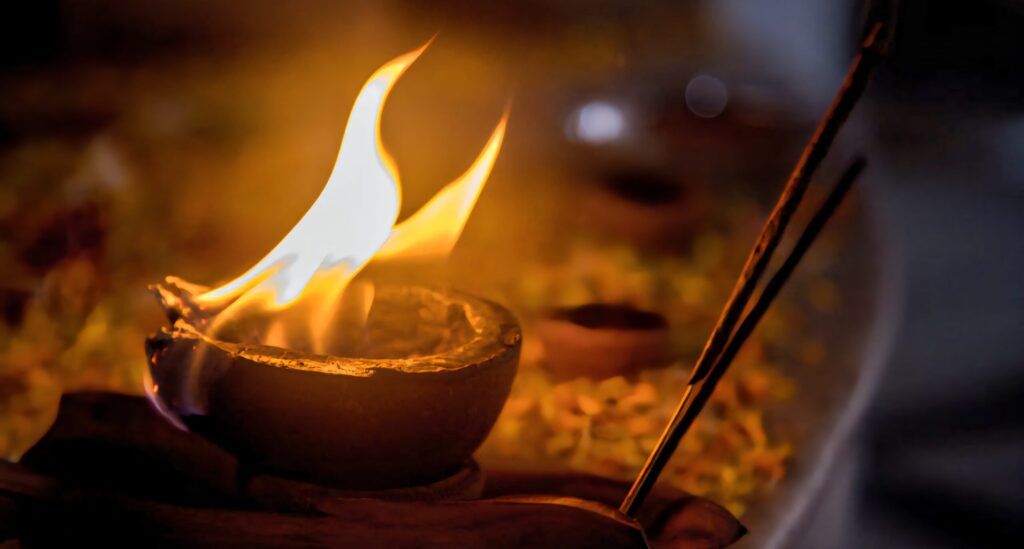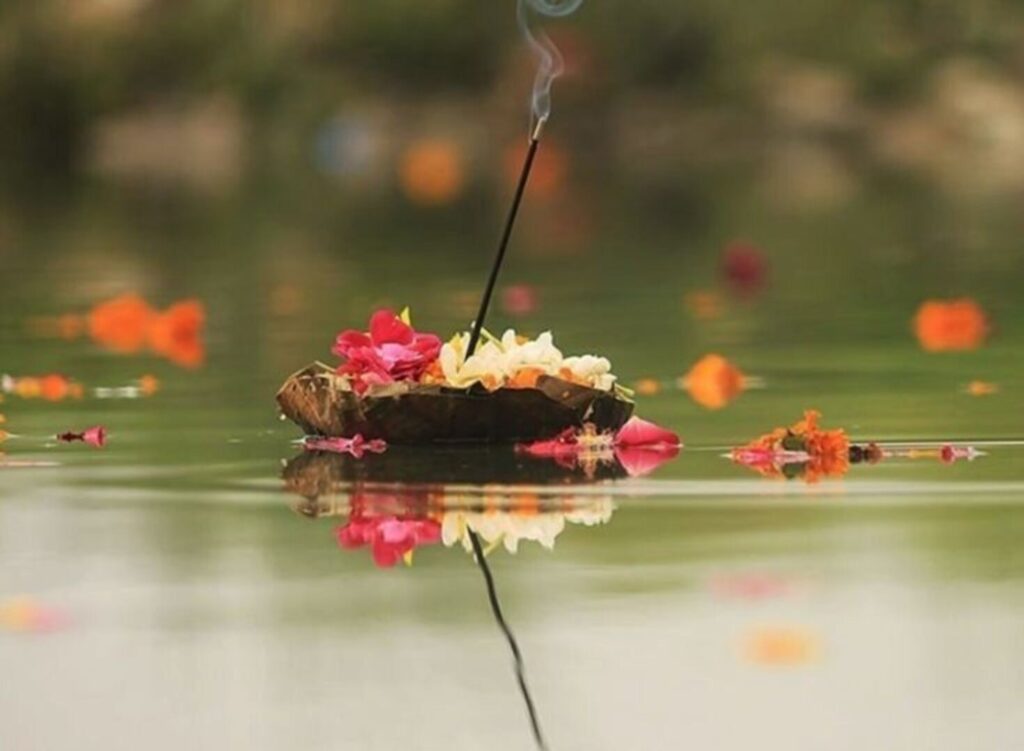Ensuring a Dignified and Respectful Farewell for Your Loved Ones
Understanding Sutak: The Sacred Mourning Period
Sutak, also known as the mourning period, holds deep significance in Hindu tradition. It is a time when family members observe rituals to honor the departed soul. This period is marked by a strict adherence to certain rules and practices, reflecting the deep respect for the deceased.

Religious Importance of Sutak
In Hinduism, Sutak is considered a time of spiritual purification. The family, during this period, abstains from performing daily pujas and other religious ceremonies. The belief is that the energy surrounding death can affect these sacred rituals. Therefore, refraining from them ensures that both the soul and the family can focus on the transition period.
Moreover, Sutak serves as a reminder of the impermanence of life. It encourages family members to reflect on life’s transient nature, fostering a sense of detachment and spiritual growth. This period also emphasizes the importance of respecting the departed soul, ensuring that it receives the necessary rituals and prayers for a peaceful journey.
Ritual Significance of Sutak
During Sutak, family members refrain from participating in social and religious activities. This practice underscores the gravity of the loss. The mourning period allows the family to focus solely on remembering and praying for the departed soul. Traditionally, the duration of Sutak varies based on the relationship with the deceased. For close family members, it typically lasts ten days, while for others, it might be shorter.
This period also involves performing specific rituals, such as lighting a diya (lamp) near the departed’s photograph. Offering food and water to the soul is another essential ritual. These practices are believed to provide comfort to the soul, helping it on its journey to the afterlife.
Customs and Practices During Mourning period
During Sutak, several customs are followed to honor the deceased and maintain spiritual sanctity. These include:
Abstaining from Rituals:
Family members refrain from participating in religious ceremonies, weddings, or any celebrations.
Purification Rituals:
After the mourning period, the house is often cleansed with holy water, and the family members take a ritual bath. This symbolizes purification and the end of the mourning period.
Offering Prayers:
Daily prayers and offerings are made to the departed soul, asking for its peace and guidance on its spiritual journey.
Restricted Diet:
Many families follow a simple, vegetarian diet during Sutak, reflecting the somber mood of the period.
The End of Sutak: Returning to Daily Life
The end of Sutak marks a return to daily life and religious practices. The family conducts a special ritual, often involving a havan (fire ritual), to purify the house and the members. This ritual symbolizes the cleansing of any negative energies associated with death. It also marks the beginning of a new phase, where the family can resume their normal lives with the belief that they have honored the departed soul appropriately.
Additionally, Shraddha fosters a sense of community among Hindus, as the ritual is often performed collectively, with families gathering at sacred sites. This collective observance reinforces shared beliefs and traditions, helping preserve the cultural heritage of Hinduism.
Conclusion: The Enduring Significance of Sutak
Sutak is more than just a mourning period. It is a deeply spiritual practice that honors the departed soul while guiding the family through their grief. Observing Sutak allows the family to fulfill their religious duties, ensuring that the soul’s journey to the afterlife is peaceful and unhindered. The rituals and customs followed during this period reflect the deep respect for life and death in Hindu tradition, reinforcing the belief in the cyclical nature of existence.




Namasakr guruji,
My husband brother died recnetly (1 month finished) , he is unmarried so karmakanda process every thing asthika kalapadam, these all did my husband. so can we do nitya puja and vrathas. ( we are vishwa bramins).
My cousin brother expired today early mornig at 4.30 am.
The tenth day pooja is fixed on 27th morning.
The 27th is Ganesh chaturthee. Whether we can perform Ganesh pratisthapana on 27th, and Mahalaxmi pratishthapana and gauri pooja on 31st August, and 1st September 2025.
🙏 Om Shanti
The rules of dharma shastra are clear in this matter. When a death takes place in the family, the house enters aśaucha (mourning period). During this time, all devata pratiṣṭhāpana, utsav pujas, vratas and new auspicious works are stopped. Only the rites and offerings for the departed soul are to be performed.
Ganesh Chaturthi – 27th August 2025
Ganesh pratishthapana cannot be done in the house, because the family is under mourning. Even though it is Ganesh Chaturthi, the focus must remain on the funeral rites. Therefore, no Ganesh pratishthapana should be performed this year at home.
Duration of mourning
The mourning is observed up to the 12th or 13th day ceremony (sapindikarana). The 10th day kriya is important, but auspicious activities are permitted only after the 13th day rituals are completed.
Mahalakshmi and Gauri Puja – 31st August & 1st September 2025
Since the death has happened on 27th August, the 13th day will fall in the first week of September. This means the dates of Mahalakshmi and Gauri Puja (31st Aug and 1st Sept) are still inside the mourning period. Hence, these pujas also should not be performed this year.
What may be done
After the 13th-day rites are completed, the family may perform a simple one-day Ganesh or Lakshmi puja as shanti and remembrance, but the full festival observances must wait until next year.
✅ Decision according to shastra:
Ganesh pratishthapana on 27th August – not permitted.
Mahalakshmi and Gauri puja on 31st Aug / 1st Sept – not permitted.
Normal pujas may resume after the 13th-day ceremony.